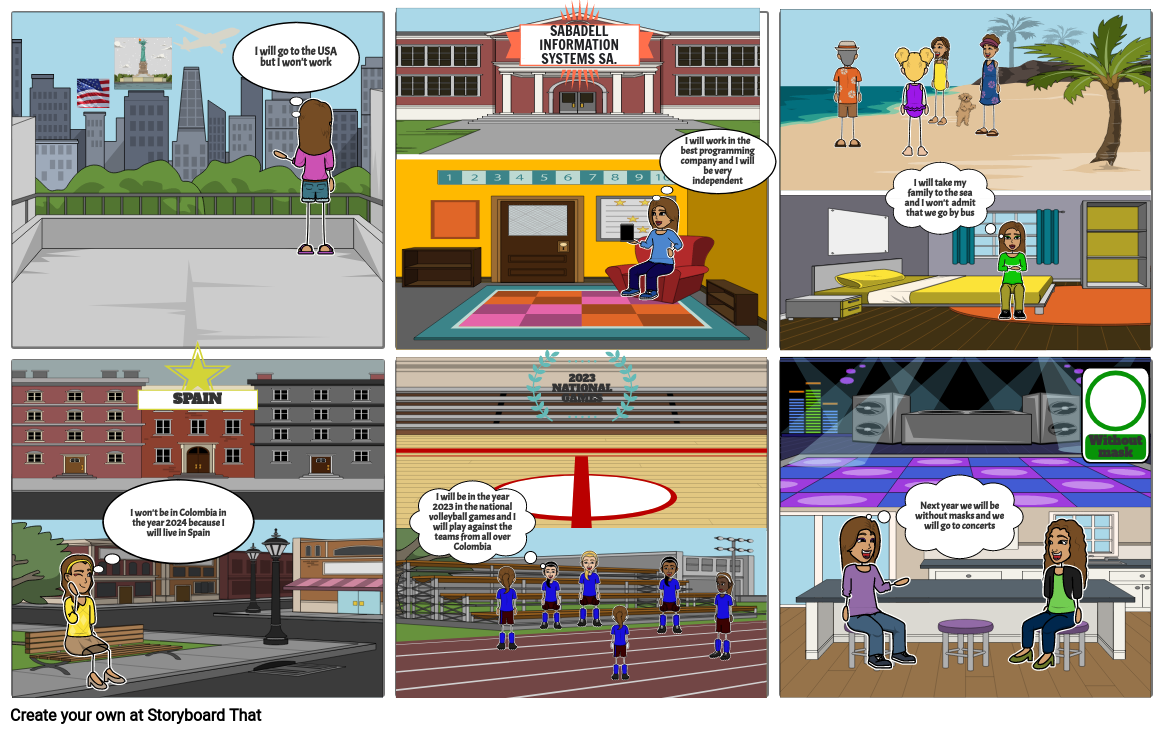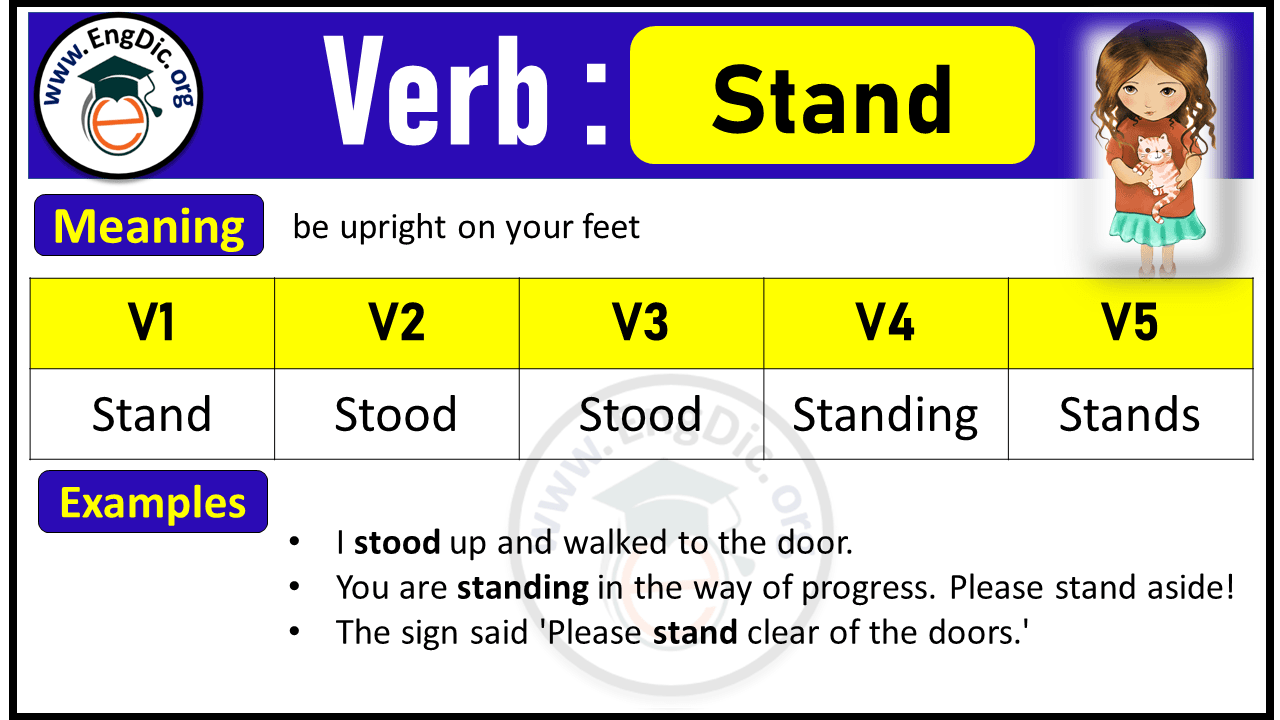
Past Simple Baamboozle
English Grammar Verbs Past tense Past simple Past simple Level: beginner With most verbs, the past tense is formed by adding -ed: called liked wanted worked But there are a lot of irregular past tense forms in English. Here are the most common irregular verbs in English, with their past tense forms: We use the past tense to talk about:

How to Use the Past Simple Tense Improve English Grammar
Verb; Stand Meaning; stop, stand, stay V1, V2, V3, V4, V5 Form of Stand Synonym for Stand; wood angle stop sit be be set grove bottom thicket line be on one's feet resist absorb stand mounting be located perspective posture coppice standpoint position slant halt perch be found spinney sentiments approach

Kahoot Past Simple Past Continuous Margaret Wiegel
Past simple — stand in past simple stood (V2) . Future simple — stand in future simple is stand (will + V1) . Present Perfect — stand in present perfect tense is stood (have/has + V3) . Past Perfect — stand in past perfect tense is stood (had + V3) . stand regular or irregular verb? 👉 Is 'stand' a regular or irregular verb?

Simple Stand TabletKiosk
Simple Past Tense He/She/It stood. I stood. You/We/They stood. Past Continuous Tense He/She/It was standing. I was standing. You/We/They were standing. Past Perfect Tense He/She/It had stood. I had stood. You/We/They had stood. Past Perfect Continuous Tense He/She/It had been standing. I had been standing. You/We/They had been standing.

PAST SIMPLE Storyboard by 99bc0705
The past simple tense (sometimes called preterite, simple past or past indefinite) is the basic form of the past tense. This is one of the most common past tenses and can describe a lot of events. It is really important to know how and when to use this tense for daily conversation. But there are a lot of irregular past tense forms in English.

Pin on A1 English
Past Simple Past Participle Gerund ; stand: stood: stood: standing [stænd] [stʊd] [stʊd] [ˈstændɪŋ] [stænd] [stʊd] [stʊd] [ˈstændɪŋ] Trainer Settings. Break into pronouns . Shuffle cards . Nominal forms . Past Simple Past Participle Gerund. Simple tense . Present Simple Past Simple Future Simple.

PAST SIMPLE TENSE EXPLAINED CLEARLY Simple past tense, Tenses, Learn
past participle: (to) stand standing stood definition in Spanish in French in Italian Indicative Perfect tenses Continuous (progressive) and emphatic tenses Compound continuous (progressive) tenses Conditional Imperative Subjunctive *Blue letters in conjugations are irregular forms. ( example)

Stand v1 v2 v3 Archives EngDic
In its past tense form, "stood," this means that when you want to describe an action that has already happened, you would use "stood" instead of "stand". Take a look at the table below for the conjugation of "stand" in the past tense. Now, let's see some examples of how to use "stood" in sentences: She stood up to leave the room.

Thì quá khứ đơn (past simple) Lý thuyết và bài tập có đáp án Blog Hồng
Stand of Past Participle V3. The V3 form is identical to the V2 form. The V3 form is "stood". Stood is used in the past or present perfect tense. + In the present perfect tense, we use the word V1 as 'have + stood' or 'has + stood'. I, you, and we are used as 'have + stood'. 'has + stood' is used for he, she, and it.

Stand Past Simple, Past Participle, V1 V2 V3 Form of Stand English Vocabs
Stood is the past tense of the word stand. Stood is the past participle of the word stand. stand past form, verb forms, v1v2v3, Infinitive

Simple Stand Inventables
stood Past participle stood Model : stand Auxiliary : have, be Other forms: stand oneself / not stand Contractions Advertising Indicative Present I stand you stand he/she/it stands we stand you stand they stand Preterite I stood you stood he/she/it stood we stood you stood they stood Present continuous I am standing you are standing

Pin on V1 V2 V3 Form of Verbs
You use Past Simple for finished past action. Past tense is usually specified with the following words: yesterday, ago, the day before yesterday, in 2017, last week/month/year, etc. They called me a minute ago. She went to the park yesterday. My family visited me last month.

Simple Stand TabletKiosk
Past tenses Simple past. We use the simple past to show actions completed in the past, with no extra emphasis.. For regular verbs, you form the simple past tense by adding the suffix - ed to the end of the verb (or just - d if the past tense verb already ends in an e). Be careful of irregular past tense verbs, however. These don't follow the normal rules and use their own unique forms.

Ćwiczenia Czas Przeszły Prosty Past Simple
Grammar Reference Irregular Verbs List Definition: To Stand Irregular verb: To Stand Verb conjugation: Stand - Stood - Stood Meaning of 'To Stand' To be in a vertical position with the weight on the feet To get into this position Conjugation of verb 'Stand' Irregular Verbs Following a Similar Pattern Verbs like: Subscribe to Ad-Free Browsing

Complete the sentences using Past Simple
English verb TO STAND conjugated in all forms, with full audio, irregular highlighting, negative forms and contractions. Toggle navigation. English. Infinitive: to stand Gerund: standing Past participle: stood Simple past: stood Irregular forms Auxilliary verb Spelling change Use contractions. Positive Negative. Indicative. Positive Negative.

Oír de metano visión past simple affirmative exercises infraestructura
The imperative mood is a grammatical mood that forms a command or request.. An example of a verb used in the imperative mood is the English phrase "Go." Such imperatives imply a second-person subject (you), but some other languages also have first- and third-person imperatives, with the meaning of "let's (do something)" or "let them (do something)" (the forms may alternatively be called.